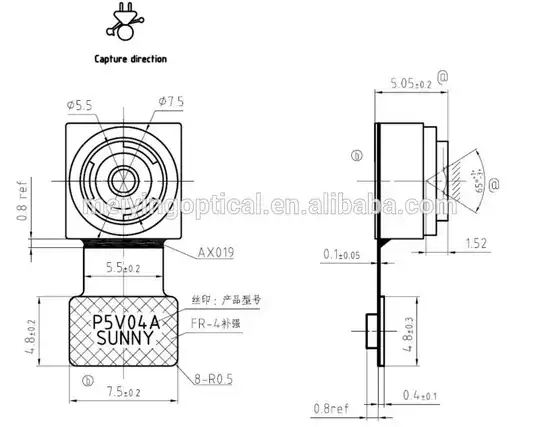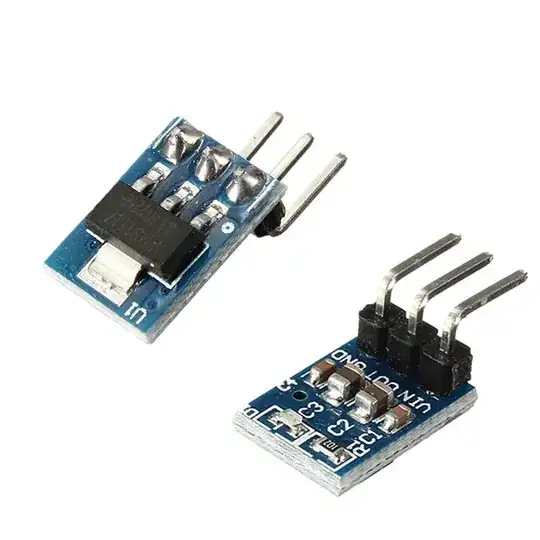You have two options, which differ in the amount of current that they can supply:
- Connect the fans to the USB ports (current is limited by the current supplied by the external PSU - for later RPi models)
- Connect the fans to the 3.3V line of the GPIO port (current is limited by internal fuse to approx 1A)
Using USB
You need to connect the wires to pins 1 and 4 of a standard A connector. Which way round you connect the copper wires will determine in which direction the fan spins (or maybe it will spin in one direction, but not in the other, depending if reverse polarity is allowed, or blocked by an internal diode).
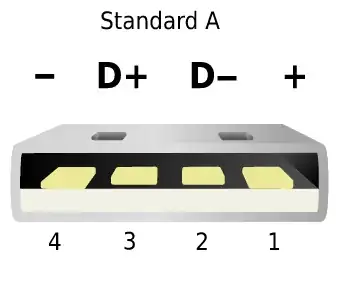
"USB" by Simon Eugster – Simon / ?! 19:02, 7 January 2008 (UTC) - Own
painting/graphic. Licensed under CC BY-SA 3.0 via Wikimedia Commons -
https://commons.wikimedia.org/wiki/File:USB.svg#/media/File:USB.svg
See the answers to the question How much power can be provided through USB?. The value will depend upon the model of RPi that you have. Early models can only supply 100mA, later can supply more as the onboard fuses are bypassed by the USB.
Using 5V USB power lines with 3.3V fans
You would need to reduce the voltage from 5V to 3.3V by using a Voltage Regulator (such as a LM1117 or LT1086, plus many others), or a potential divider.
A linear regulator takes 5V, outputs 3.3V and expels the rest as heat.
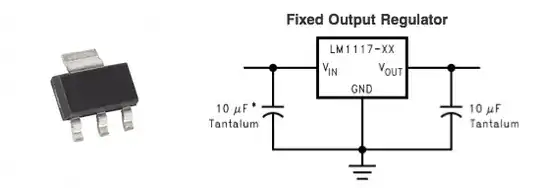
Source: Nut & Bolt
Using a regulator, you need to connect the regulator's Vin to USB pin 1, GND to USB pin 4. Then connect the regulator's Vout to one of the wires of the fan and the other wire to GND.
As you point out, you could use a breadboard, and a MB102 Power supply, as these have onboard regulators, and both 5V and 3.3V pins. Here is a photo of mine (ignore the optocouplers and the LCD displays):

If used in conjunction with a breadboard, that would be a perfect solution. They are reasonably priced. Then you can just poke the wires from the fans into the breadboard holes, and no soldering is required.
Using GPIO
Connect the bare copper wires to the 3.3V and the GND pins (Pins 1 and 6 respectively for both a RPi 1 and RPi 2).
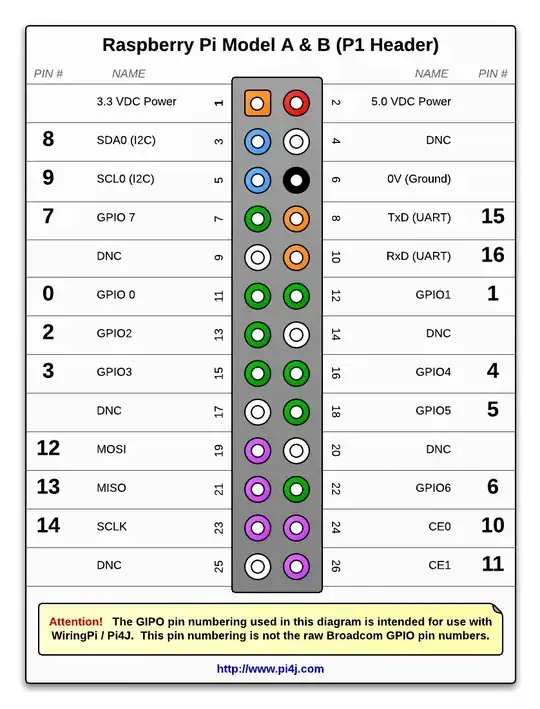

The answer to this question, Plug a 5V fan to GPIO 1 and 2, may also help you.
NOTE: Do NOT connect the fans to the IO pins of the GPIO port, as they
can supply only a very limited current and you will end up frying
your RPi
The current available, via the GPIO Power pins, is stated here, on GPIO +5v max current?
According to the schematic there is a 1A fuse and from what others
have said the Raspberry Pi uses about 700mA so 200mA is what your left
with to use for USB and anything over the +5v GPIO pin.
So yes you could use it on the +5v GPIO pin but then there would be
nothing left for the USB.
Also because it is so close to the fuse limit any slight change could
cause the fuse to engage.
See also the answers to the question How do I supply power through the GPIO?
Either way, you should make sure that your PSU to the RPi can supply sufficient current. Any PSU capable of 2 to 3 Amps would be good. Unfortunately, the specifications of the fans do not state their current draw, so it is better to plan for more current draw than less, else the RPi may end up behaving erratically and/or crash, see RPI 2 B freezes when Wi-Fi dongle is inserted and doesn't detect it.
You can measure the current draw by using a USB voltmeter between the RPi and the fans. These are available on eBay for a couple of dollars.
